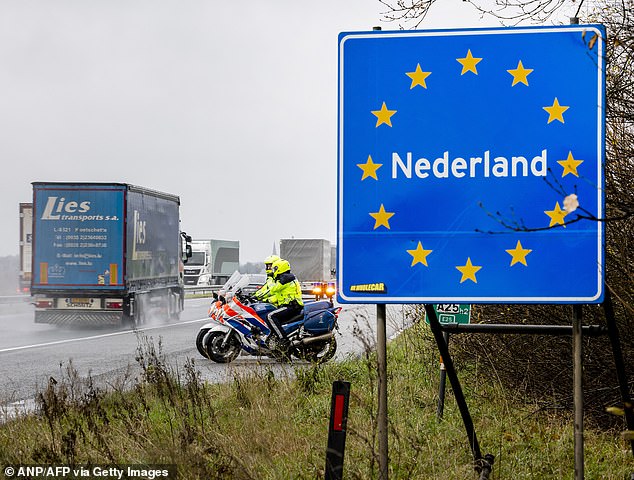A study has mapped how much migration from different countries brings to the Netherlands and how much it costs the country’s taxpayers.
Immigrants arriving from countries such as the United Kingdom, the United States and Japan brought in more money than they took out, according to the study.
Meanwhile, migrants arriving from countries such as Sudan, Morocco, Afghanistan, Iraq and Syria, most of whom are asylum seekers, are said to have cost the Dutch taxpayer the most.
The Germany-based Institute for Labor Economics (IZA) last week published the discussion paper by Dutch economists Jan van de Beek, Joop Hartog, Gerrit Kreffer and Hans Roodenburg.
The study states that the net fiscal impact of the immigrant population “differs dramatically” depending on their reasons for coming to the Netherlands.
“Labor immigrants who enter before the age of 60 make a positive net contribution to the government budget, more than 100,000 euros per immigrant when they arrive between the ages of 20 and 50,” the report says.
It adds that people motivated to come for family or educational reasons, as well as asylum seekers, “provide net negative contributions” in terms of their financial contribution, regardless of age of arrival.
The report, based on data from 2016, estimates that asylum seekers cost the Dutch state €400,000 (£330,000) over their lifetime.
Netherlands temporarily introduces border controls to combat irregular migration and cross-border crime
The burden on the taxpayer is not due to government spending on these groups, he determined, but rather to their lower taxes and social security contributions.
Immigrants from North America, most of whom moved to the Netherlands for work, contributed an average of 210,000 euros, according to the study.
It comes as the Dutch government is considering limiting the population to 20 million people by 2050, Dutch News reports.
The cabinet “supports the need to work towards that scenario and control migration,” Immigration Minister Marjolein Faber and Social Affairs Minister Eddy van Hijum said in a briefing to parliamentarians late last year. .
The government also introduced new border controls aimed at tackling “irregular migration and human trafficking” from December 9.
Border controls, all with neighboring countries in the EU’s Schengen border-free zone, will last six months.
They are part of a broader crackdown on migration proposed by anti-Muslim nationalist Geert Wilders’ PVV party, the largest in the coalition.
The Dutch population grew by almost 40,000 people between the first six months of 2024, according to figures from CBS, the country’s national statistics agency.
This is a third less than during the previous year and is due to a low number of immigrants, an increase in emigration and more deaths, the agency said.

The Minister of Asylum and Migration of the Netherlands, Marjolein Faber (center), at the start of border controls in Eijsden, Netherlands.

The border controls are part of a broader crackdown on migration proposed by anti-Muslim nationalist Geert Wilders’ PVV party, the largest in the coalition.

The Dutch population will remain below 20 million with limits put in place to “control migration” under targets being considered by the country’s government under Dutch Prime Minister Dick Schoof (pictured)
Around 138,000 people moved to the Netherlands in the first six months of 2024, while 92,000 left, meaning there was a net increase in immigration of 46,000, about 25 percent less than during the same period in 2023.
The government’s demographic development commission said last year that moderate growth would be the best option to ensure economic prosperity as its population of 18 million ages, but Faber and van Hijum warned this would still have negative consequences for public services. .
The far-right government had chosen “the toughest package of measures to date to limit asylum” and will opt for a “more selective and targeted policy for all other forms of migration, including movements related to work and education “said the ministers.
Faber and van Hijum also called for more research into ways to control immigration, which they said was “clearly necessary.”
There have been repeated warnings from statisticians and economists, who said the Netherlands needs foreign workers to combat its workforce gaps.
The government’s advisory body on migration previously said the country would need around three million additional migrants to work and pay taxes by 2040, but the council said this was not a realistic option.
Instead, current residents of the Netherlands would have to work longer hours or retire later.


